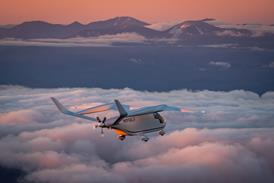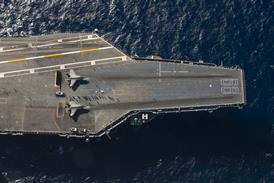Teledyne Brown elimination leaves two contenders for US Army's FCS requirement
The US Army's Class III unmanned air vehicle contest appears to have narrowed to the AAI Shadow 300 and Piasecki Aircraft Air Guardian, with industry sources indicating that Future Combat Systems (FCS) prime contractors Boeing and SAIC have eliminated a Teledyne Brown proposal.
Teledyne Brown bid director John Latimer declined to comment on the status of the firm's offer until a source selection announcement is made by Boeing-SAIC in late September. The company is understood, however, to have already advised some of its team partners that its bid - based on developments of Rheinmetall Defence Electronics' KZO UAV - has been rejected.
AAI, Piasecki and Teledyne Brown were shortlisted for the Class III requirement in July 2005 and submitted responses during May under a 10-month risk reduction study phase. Boeing/SAIC had been expected to announce a bidder selection during July, but the FCS programme's Class III and IV UAV requirements have undergone a requirements review.
The army announced on 14 August that the FCS programme had successfully completed its preliminary design review, with this defining requirements and functionality for 18 air and ground vehicle types and reiterating earlier plans for four classes of UAV.
The selected Class III system will undergo follow-on evaluation against a US Defense Advanced Research Projects Agency-sponsored candidate: Dragonfly Pictures' DP-5X. AAI's Shadow 300 is a development of the US Army's Shadow 200 system. Piasecki conducted the first fully autonomous flight of its Air Guardian development of the Barnett BRC 540 autogyro on 12 July.
Source: Flight International























